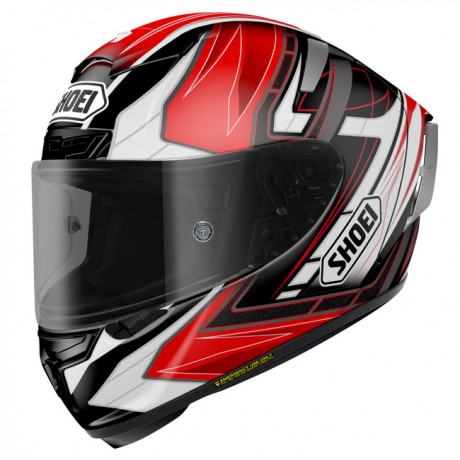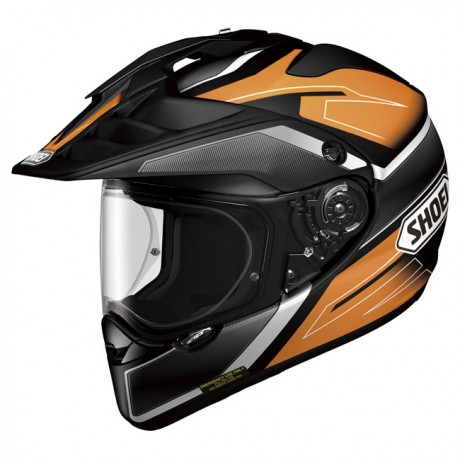Riders are still in the dark on several helmet issues including tinted visors, labels, stickers and attachments, so Standards Australia has organised a second invitation-only forum on May 18 to discuss various issues that may settle some of this confusion.
The first forum was held early last year to discuss hemet standards, certification and regulation.
Since then the ACCC has allowed the sale of European helmets and all states and territories have moved to allow helmets that comply with UN/ECE 22-05.
The new forum has invited the same key stakeholders – motorcycle industry and rider representatives, media (including Motorbike Writer), government departments and helmet certification/testing agencies.
If you believe you should be on the guest list, contact National Sector Manager Alison Scotland.
The follow-up forum will discuss whether an Australian Standard is still needed and, if yes, “scoping considerations for a revision project”.
It is expected that those with vested financial interests in continuing Australian testing and certification will try to resist dropping the standard.
Longtime helmet campaigner Wayne Carruthers says the vested interests in onshore compliance testing should have no role in the Standards Australia forum.
He says they dominated the question and answer session at the February 2015 forum, preventing the motorcyclists from presenting their positions.
Whether the standard is dropped or not, it seems mortars are already bringing in European helmets without having to have them re-tested here which should mean cheaper helmet for riders.
In fact, the 2016 range of Shoei helmets, including the new Hornet adventure and X-Spirit III, will not be Australian approved, but feature UN/ECE 22-05 stickers and/or labels.

The forum agenda will also discuss other international helmet standards (perhaps an extension to other international standards such as DOT, BIS or Snell) and topics of rider and industry concern such as “mountings, requirements to carry brochures at all times, visors and tinting”.
Rider groups will no doubt push the forum to discuss policing and regulation of the standards and to consider these ancillary issues that concern riders and have been the subject of fines.
Wayne says the main issue for riders has been “the improper attempts by at least some police to enforce the standard as an “in use” regulation in a manner which is not done for any other safety related vehicle equipment which is certified by manufacturers to be compliant at the point of sale only”.
In other words, police are incorrectly, prejudicially and provocatively interpreting the helmet regulations to fine riders as a form of harassment.


